21 GPTs for Industrial Automation Powered by AI for Free of 2025
AI GPTs for Industrial Automation refer to advanced artificial intelligence models, specifically Generative Pre-trained Transformers, that are optimized for applications within the industrial automation sector. These tools leverage deep learning algorithms to understand, predict, and manage complex industrial processes. By processing vast amounts of data, they provide intelligent insights and automation solutions, enhancing efficiency, productivity, and innovation in industrial operations.
Top 10 GPTs for Industrial Automation are: Flow Diagram Producer,SLAM Nerd,Ignition-AI,LabView Assistant,PLC Control Wiz,Embedded Systems Guru,HMI Intouch Wizard,Robotic Manipulator,M2M Experte,HRI
Flow Diagram Producer
AI-powered Precision in Diagram Design
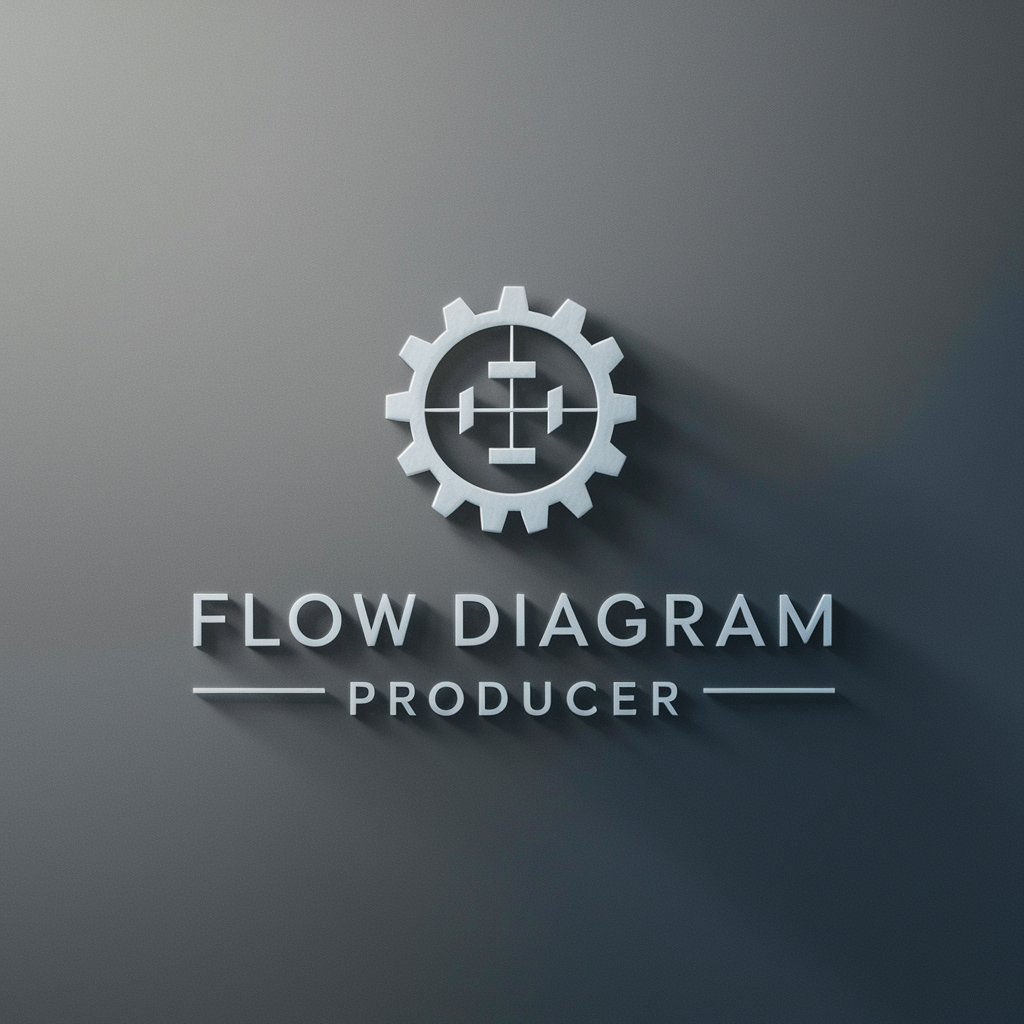
SLAM Nerd
Unleashing the Power of SLAM AI

Ignition-AI
Streamlining Industry with AI
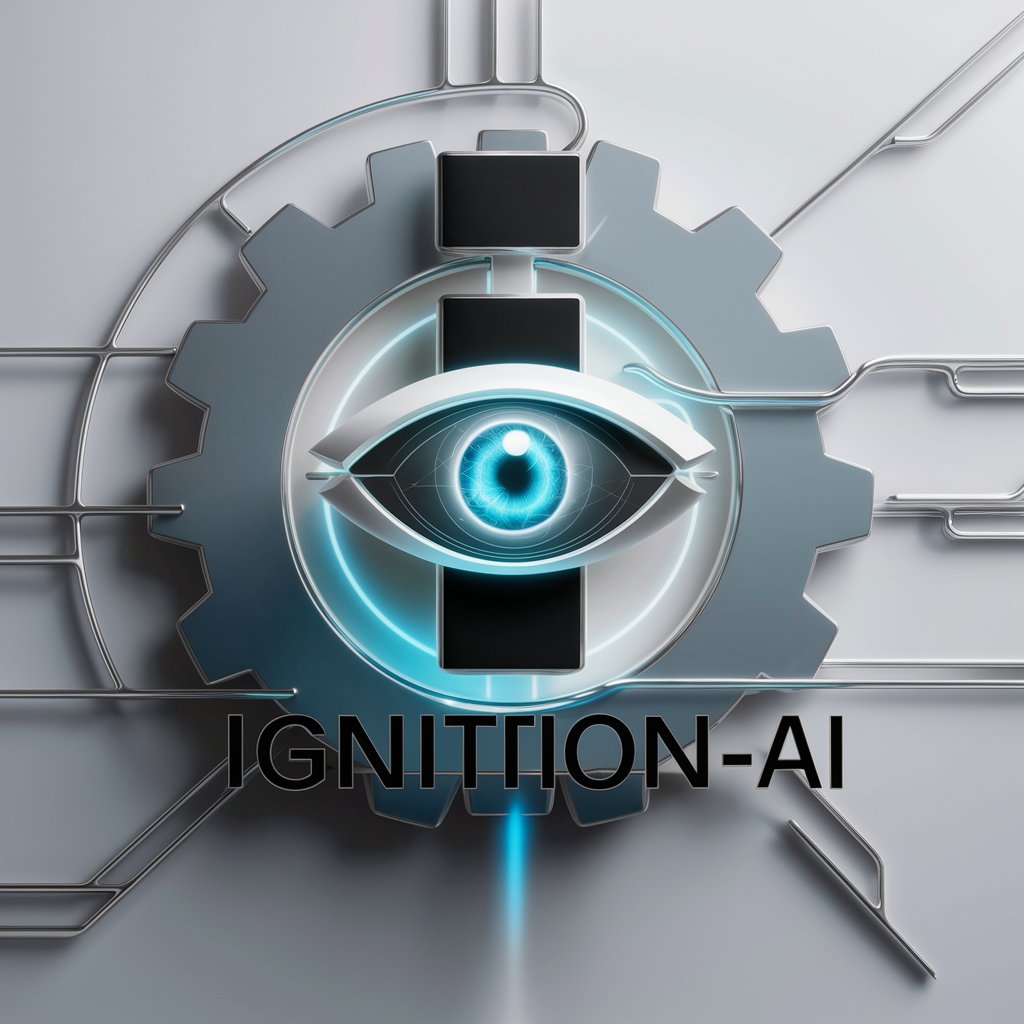
LabView Assistant
Enhancing LabView Programming with AI
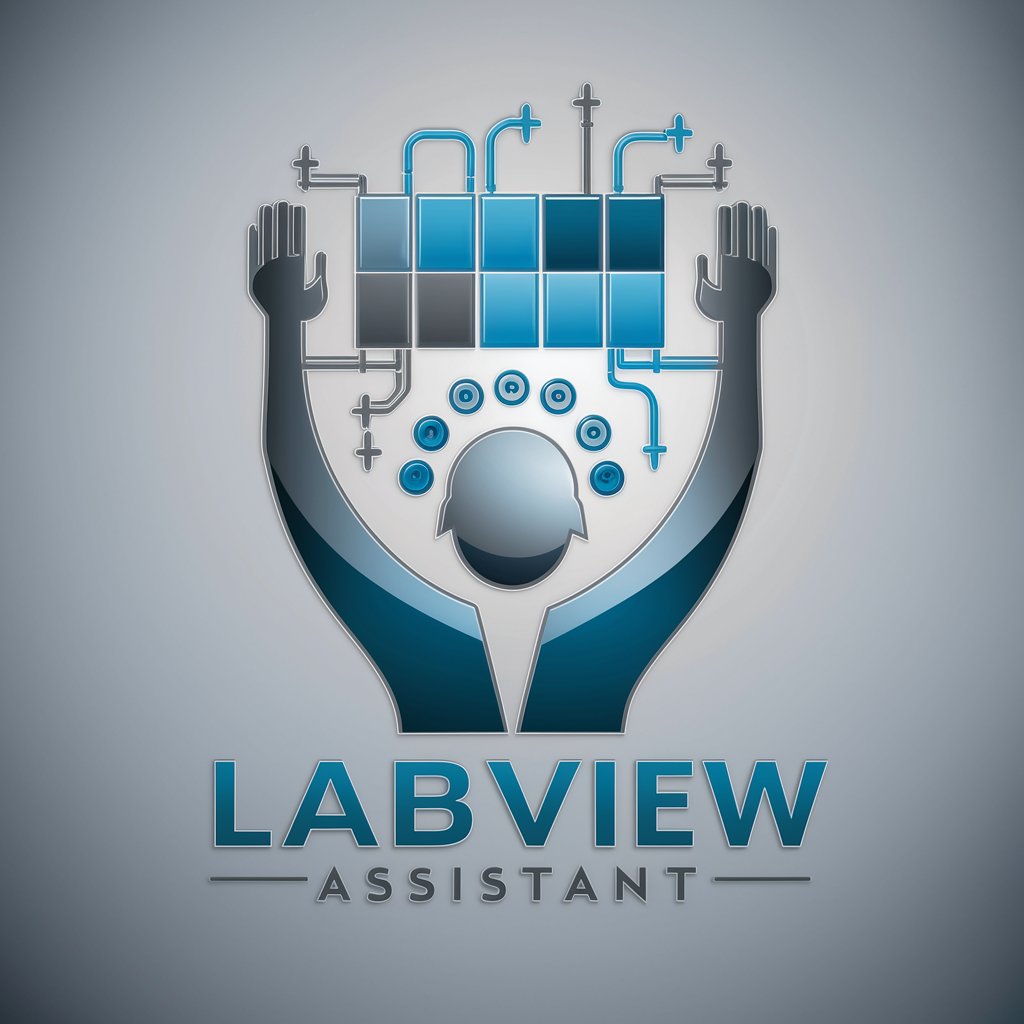
PLC Control Wiz
Master PLCs with AI-Powered Assistance
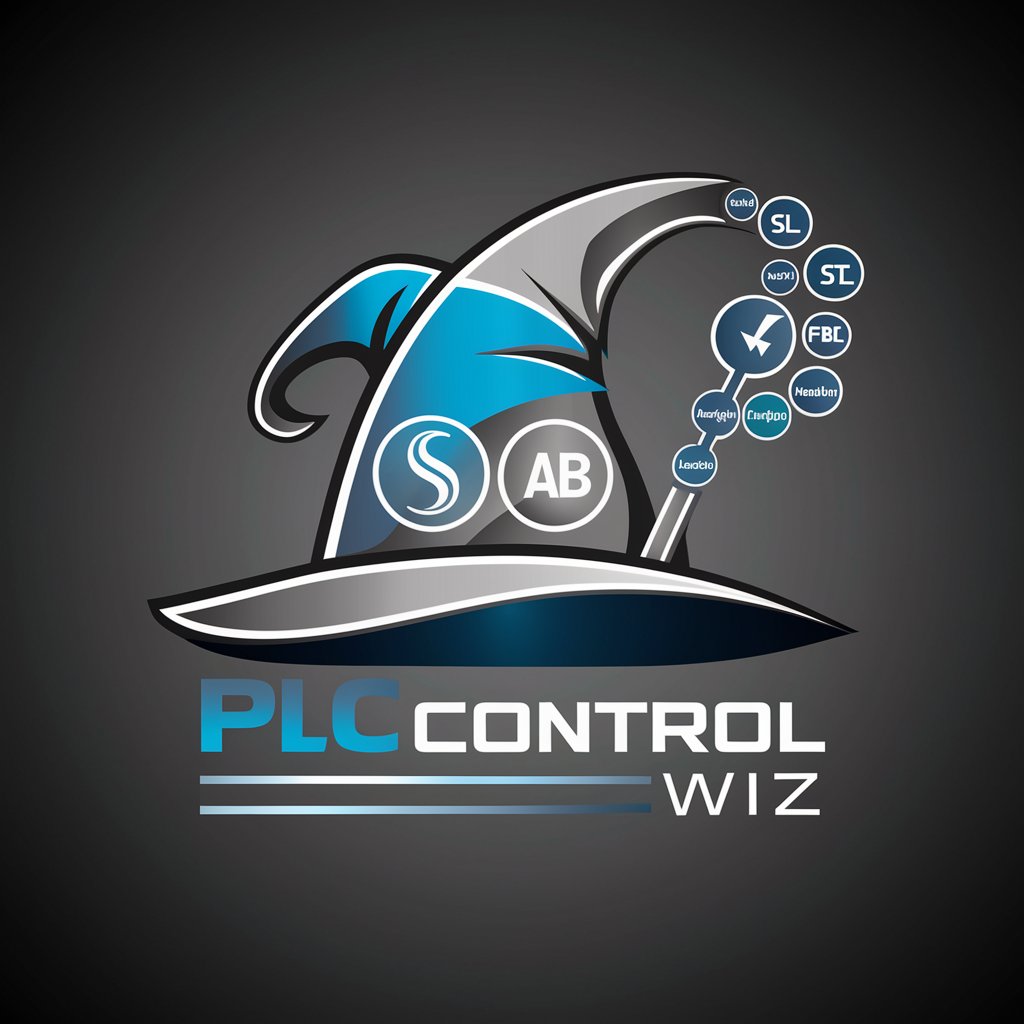
Embedded Systems Guru
Empowering your embedded systems journey with AI.
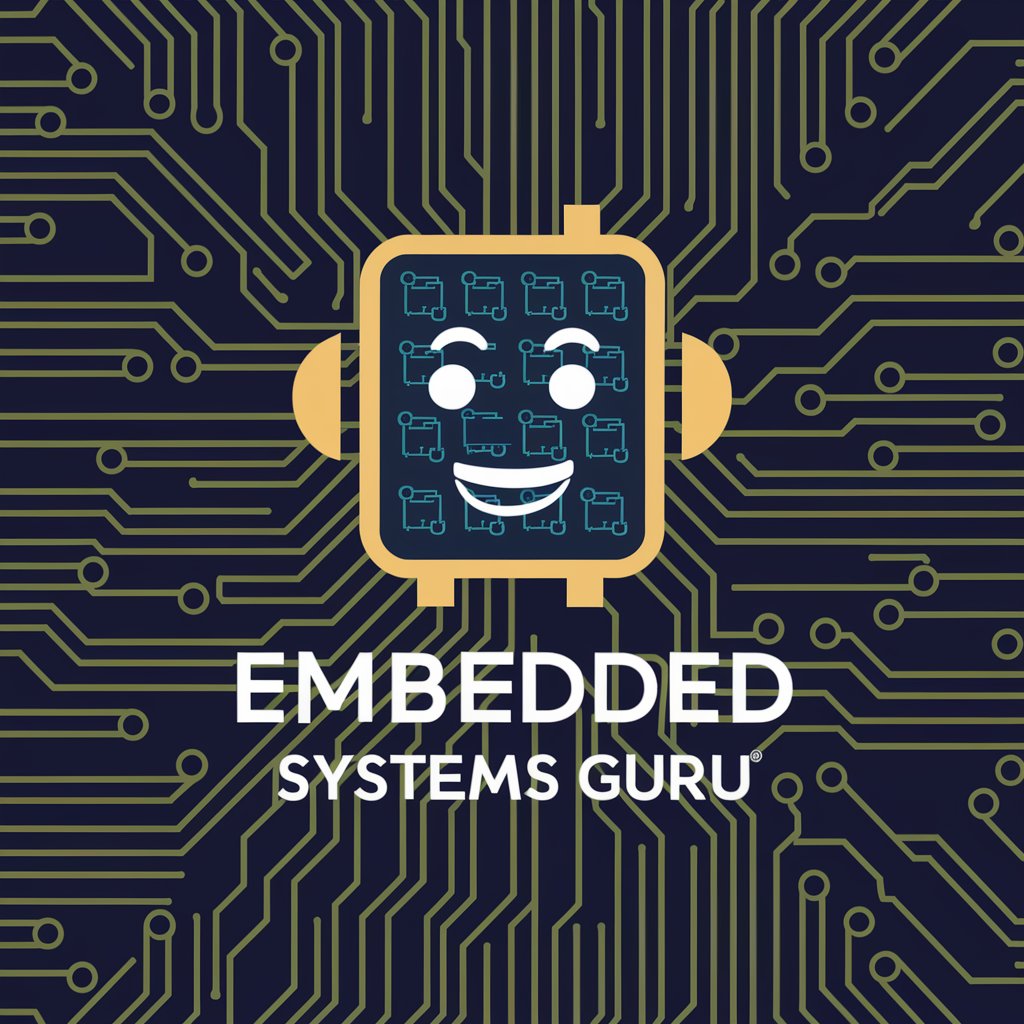
HMI Intouch Wizard
Empowering HMI design with AI-driven innovation.

Robotic Manipulator
Empowering Precision with AI
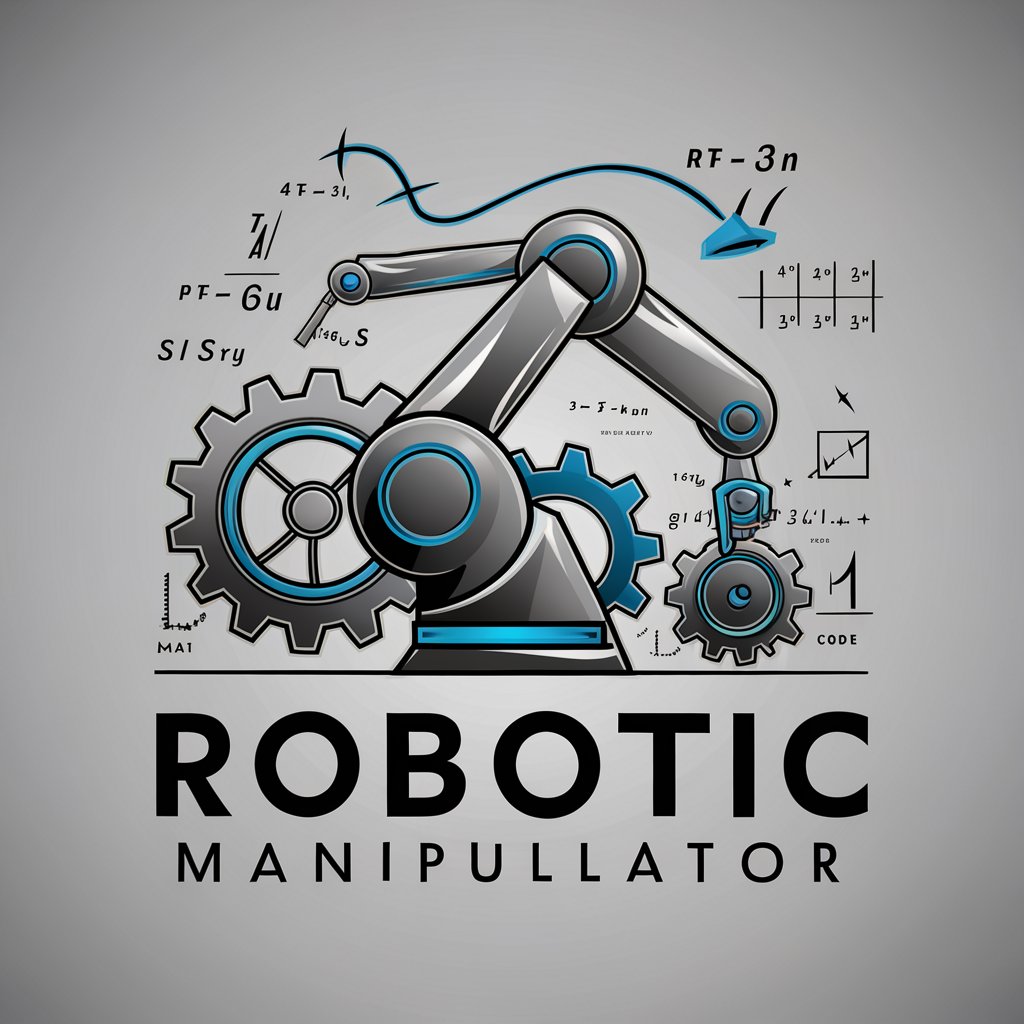
M2M Experte
Empowering devices with AI-driven connectivity

HRI
Empowering Collaboration with AI-driven Robots
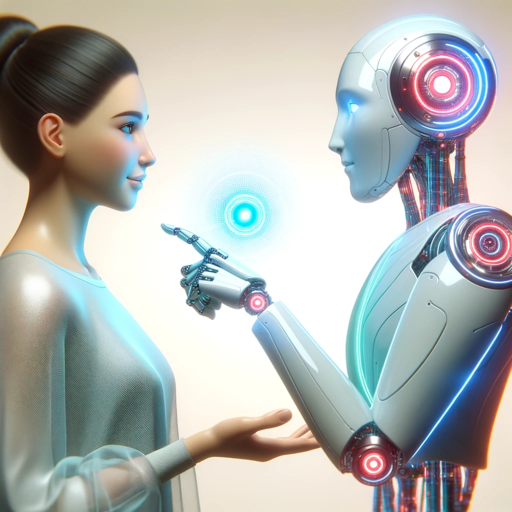
Inductive Ignition Guide
AI-Powered Inductive Learning at Your Fingertips

上海临世设计
Empowering Automation with AI
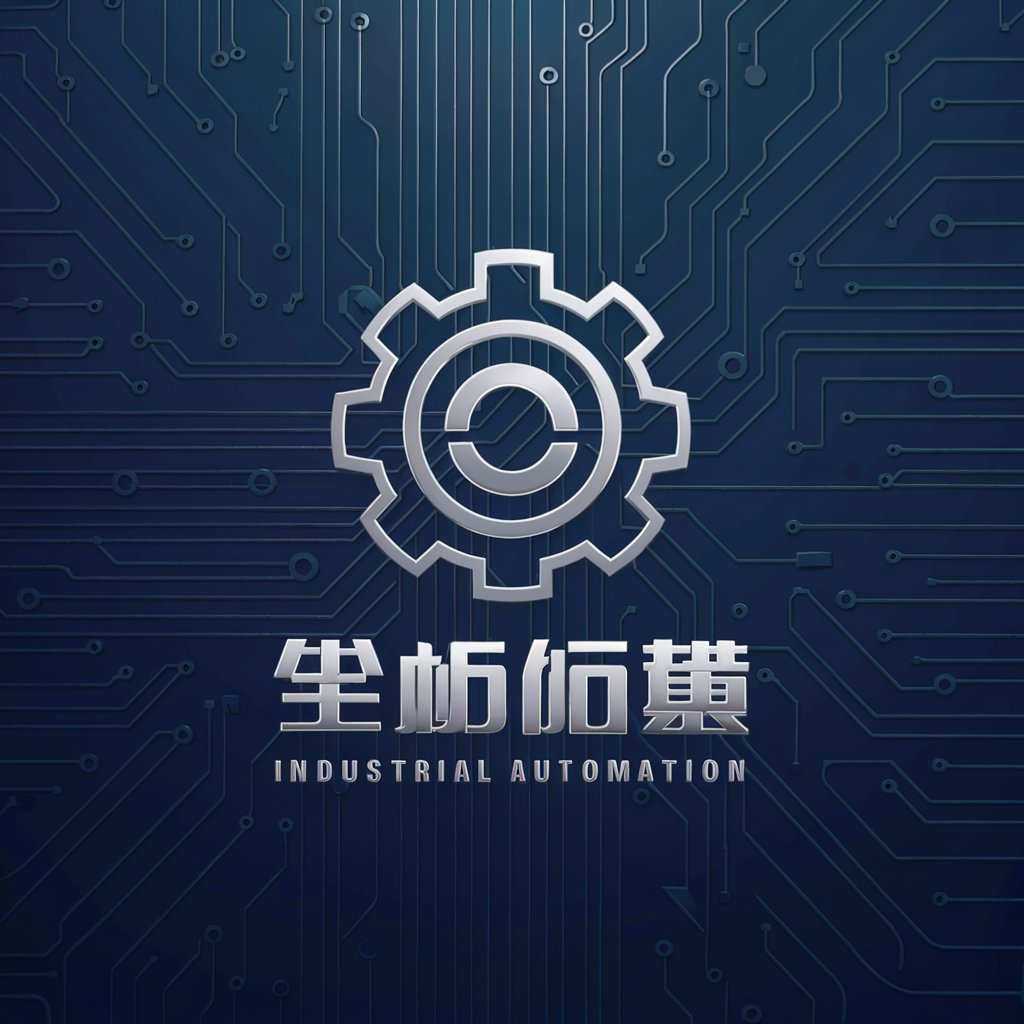
IoT Innovator
Empowering IoT Innovation with AI
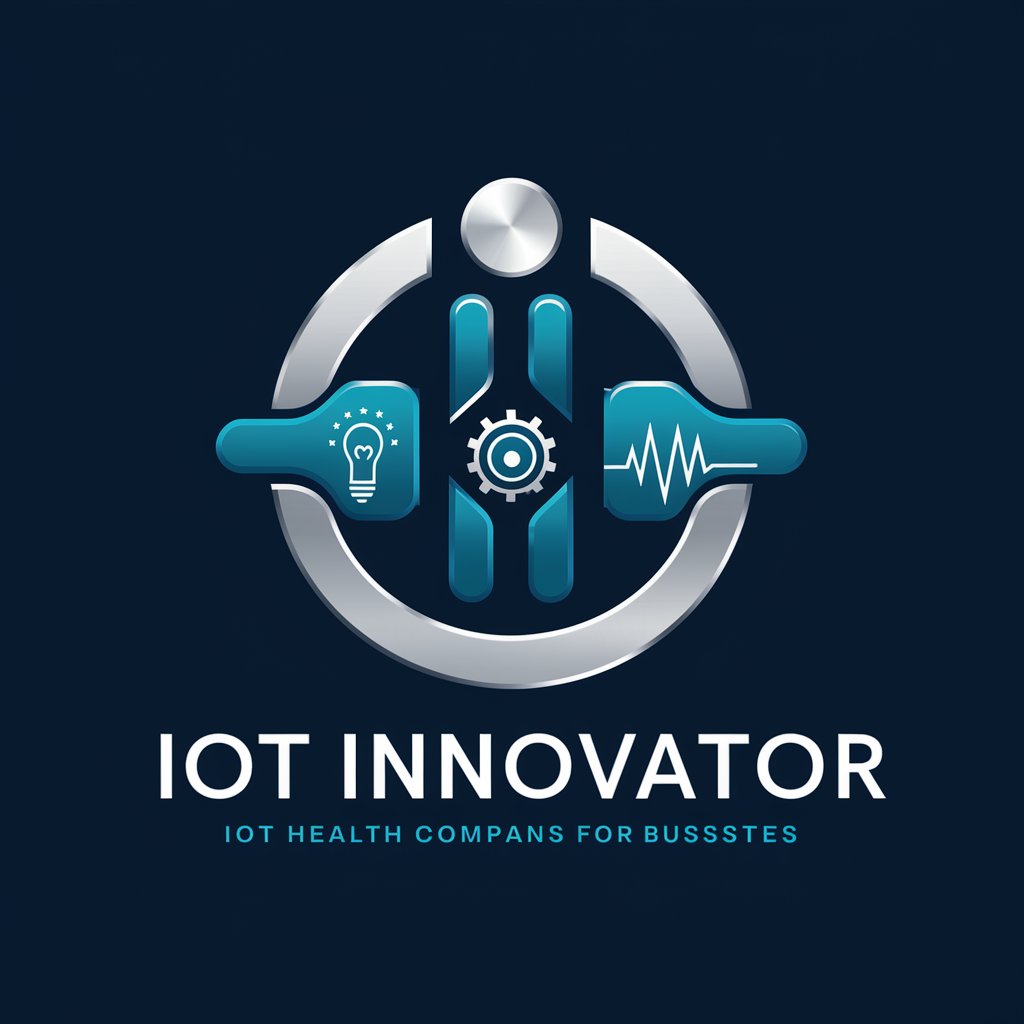
PLC Programmer
Powering Automation with AI-Driven Coding
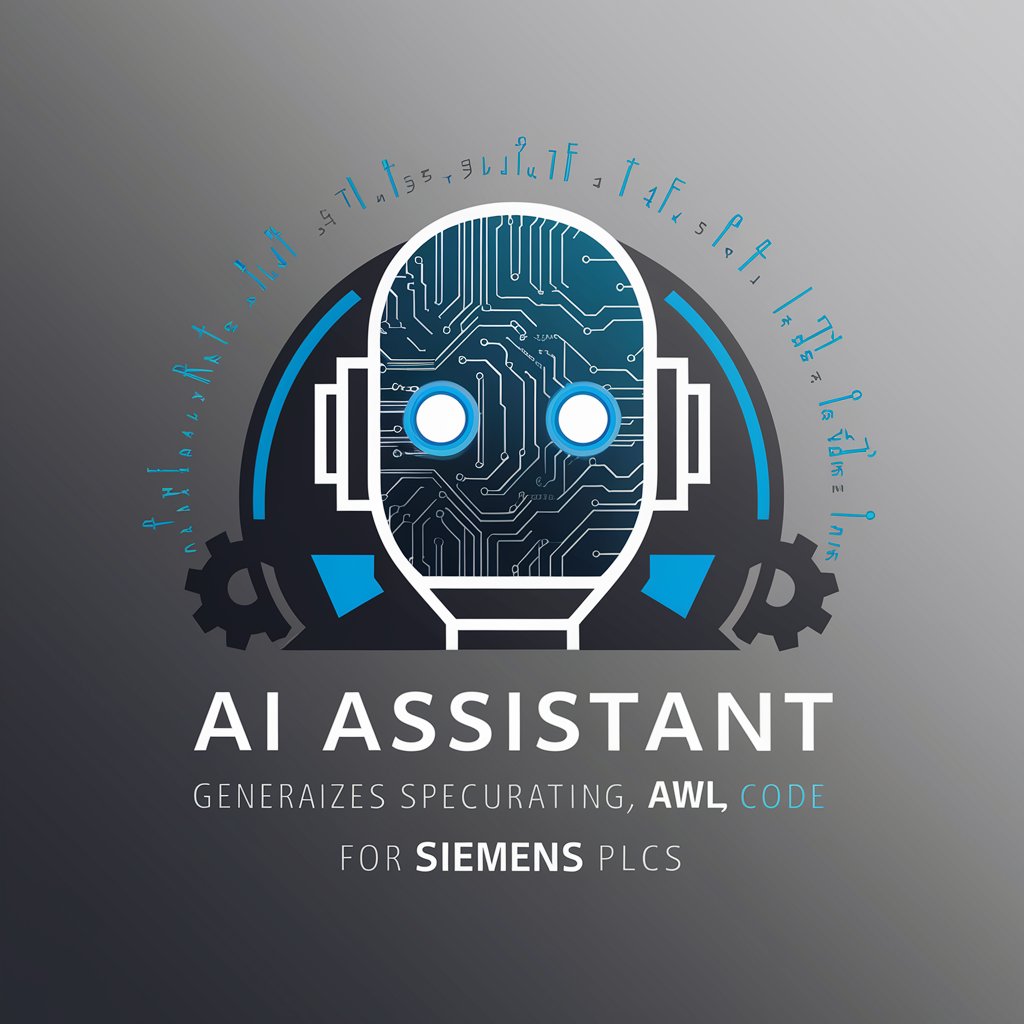
YOLOv8 Guide
Enhancing AI-powered object detection

RoboGen Decompose and Generate Reward or Primitive
Simplify robotics with AI-powered task analysis
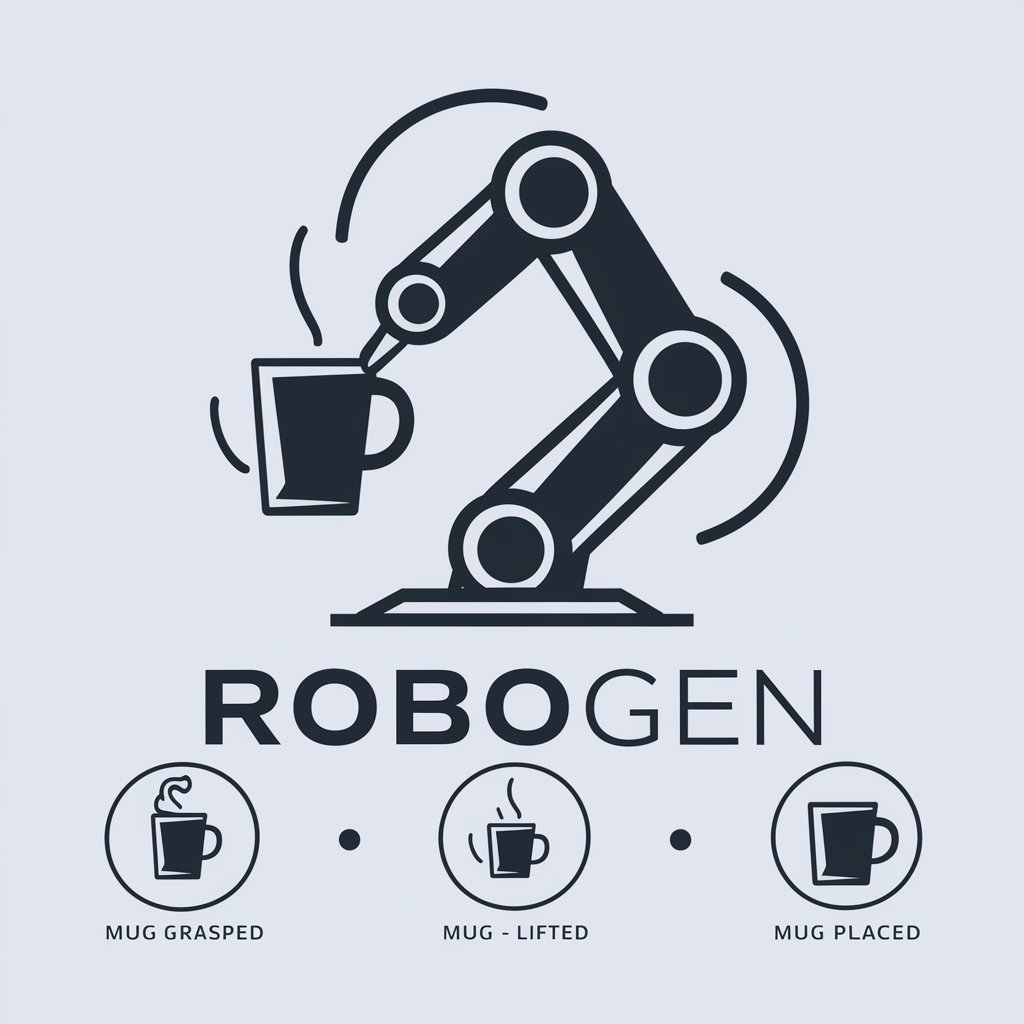
Stepper Motor Assistant
AI-powered Stepper Motor Control Assistance
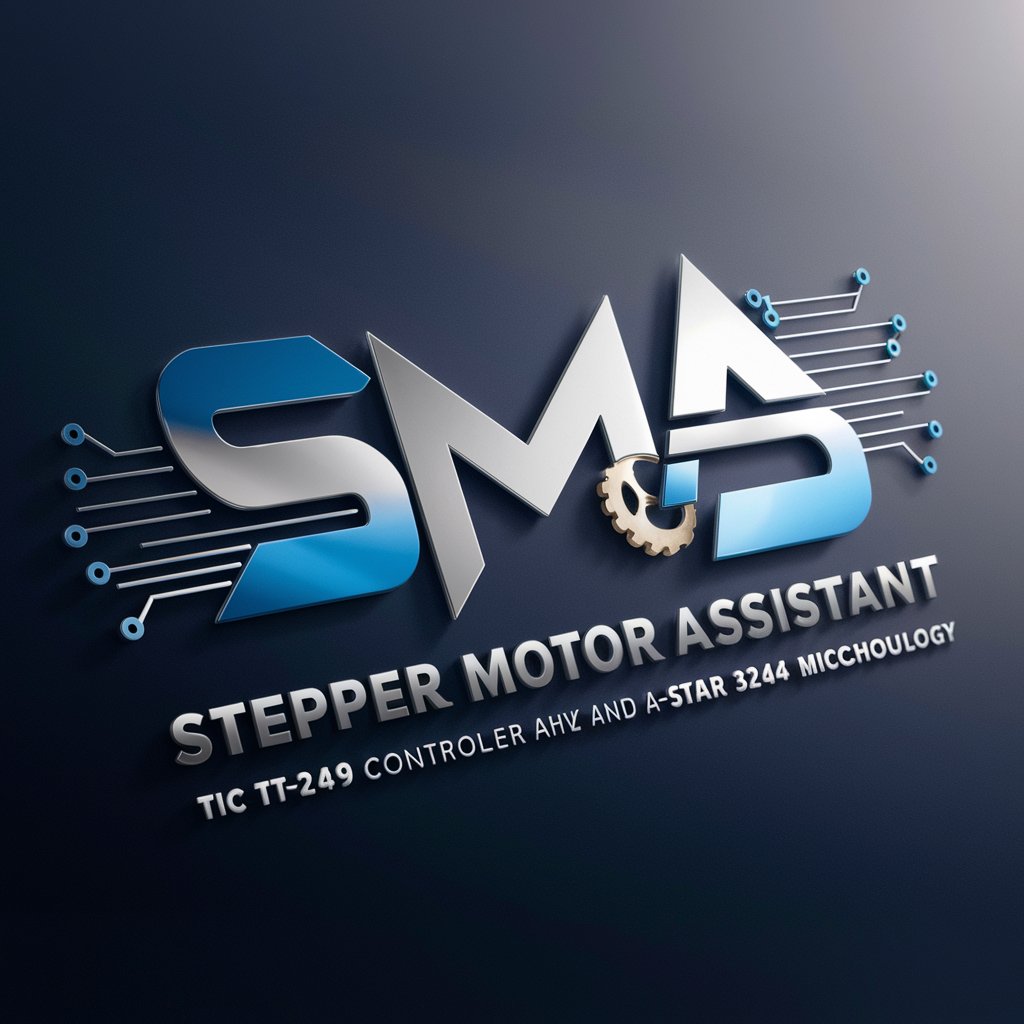
IoT Insights
Transforming IoT Data into Actionable Insights

Robo Advisor
AI-Powered Robotics Expertise
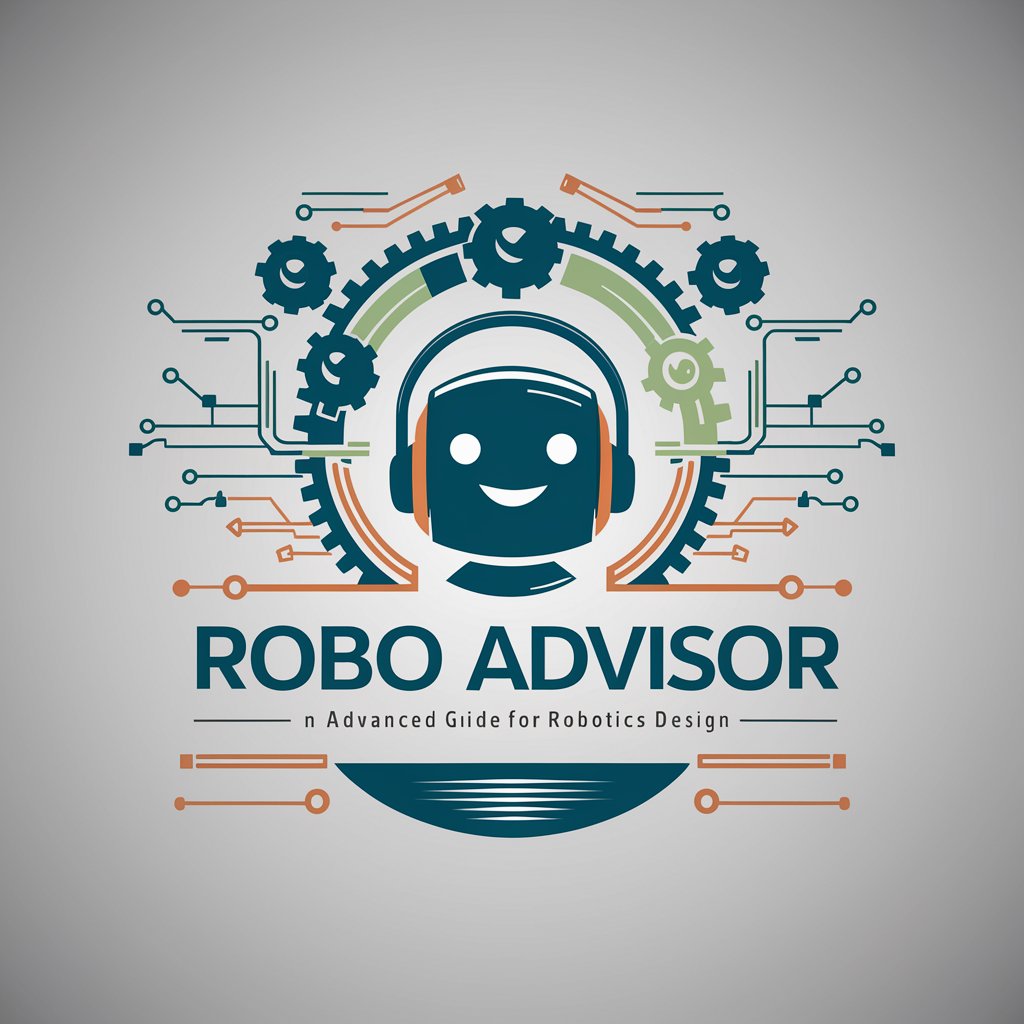
IoT Maestro - Meshly
Harness AI to manage IoT efficiently.
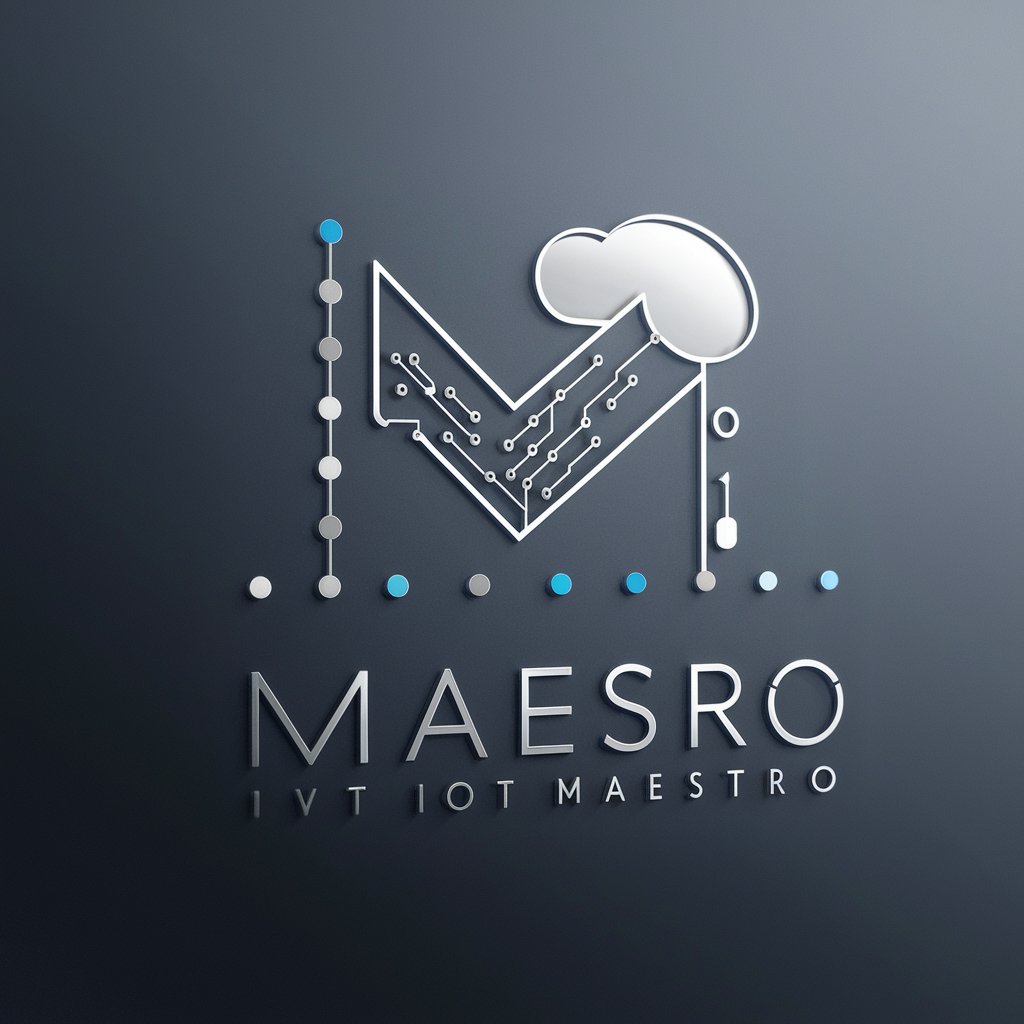
Distinctive Attributes of AI GPTs in Automation
AI GPTs tools for Industrial Automation stand out due to their adaptability across various industrial tasks, from predictive maintenance to process optimization. They offer real-time data analysis, natural language processing for intuitive human-machine interactions, and machine learning capabilities for continuous improvement. These tools are distinguished by their ability to learn from industrial datasets, automate complex decision-making processes, and provide technical support, making them invaluable in modernizing industrial environments.
Who Benefits from Industrial AI GPTs
These AI GPTs tools cater to a broad spectrum of users within the industrial sector, including engineers, plant managers, and automation developers. They are designed to be user-friendly for novices without programming backgrounds, offering guided interfaces and pre-built models. Simultaneously, they offer extensive customization for experts, allowing for deep technical modifications and integration into existing industrial systems.
Try Our other AI GPTs tools for Free
Investment Simulation
Explore AI GPT tools for Investment Simulation, harnessing advanced AI to forecast investment outcomes and refine strategies.
Wealth Management
Discover how AI GPTs for Wealth Management revolutionize financial planning and investment strategies with cutting-edge technology, designed for both novices and professionals.
Digital Communication
Discover how AI GPTs for Digital Communication revolutionize interactions with advanced AI tools designed to optimize and personalize digital messaging and tasks.
Virtual Sightseeing
Explore the world from the comfort of your home with AI GPTs for Virtual Sightseeing. Experience immersive virtual tours, interactive learning, and global accessibility with cutting-edge AI technology.
Terminal Navigation
Explore AI GPTs for Terminal Navigation: your gateway to simplifying command-line operations with intelligent, user-friendly tools tailored for all skill levels.
Image Analysis
Discover how AI GPTs for Image Analysis leverage advanced machine learning to transform image processing, offering adaptable, user-friendly tools for various applications.
Expanding the Scope with AI GPTs
AI GPTs for Industrial Automation not only streamline operations but also open new avenues for innovation, enabling smarter, safer, and more sustainable industrial practices. Their integration into various sectors demonstrates versatility, from manufacturing to energy management, showcasing their potential to revolutionize traditional processes through AI-driven solutions.
Frequently Asked Questions
What is AI GPT for Industrial Automation?
AI GPT for Industrial Automation refers to the application of Generative Pre-trained Transformer models to automate and enhance industrial processes through intelligent data analysis and decision-making.
How do AI GPTs improve industrial processes?
They enhance industrial processes by providing predictive analytics, optimizing operations, reducing downtime, and enabling more efficient resource management through intelligent automation and data-driven insights.
Can non-technical users operate these AI GPT tools?
Yes, these tools are designed with user-friendly interfaces that allow non-technical users to leverage AI capabilities without needing extensive programming knowledge.
Are AI GPTs customizable for specific industrial needs?
Absolutely, these tools offer a range of customization options to meet specific industrial requirements, allowing for tailored solutions that integrate seamlessly with existing workflows.
Do AI GPTs support real-time data analysis?
Yes, they are capable of processing and analyzing data in real-time, providing immediate insights and enabling quick decision-making in dynamic industrial environments.
How do AI GPTs tools learn and improve over time?
These tools utilize machine learning algorithms that learn from new data and experiences, continuously improving their accuracy and effectiveness in industrial automation tasks.
Can AI GPTs predict equipment failures?
Yes, by analyzing historical and real-time data, AI GPTs can predict potential equipment failures, allowing for proactive maintenance and reducing unexpected downtime.
How do AI GPTs enhance human-machine interaction?
AI GPTs enhance human-machine interaction by interpreting natural language commands and providing intuitive feedback, making it easier for human operators to interact with and control automated systems.